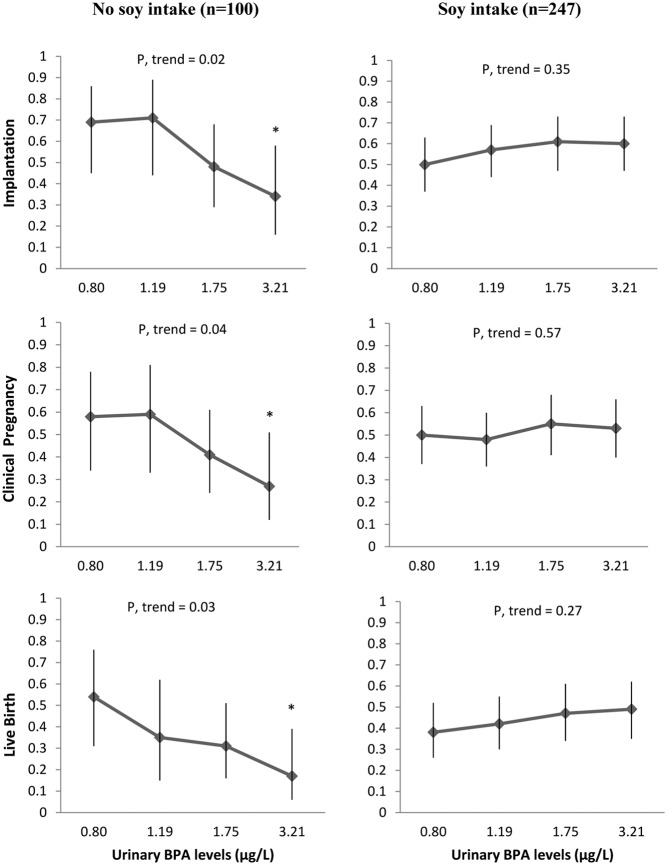Abstract
Concerns have been raised regarding the potential for endocrine disrupting compounds (EDCs) to alter brain development and behavior. Developmental exposure to bisphenol A (BPA), a ubiquitous EDC, has been linked to altered sociosexual and mood-related behaviors in various animal models and children but effects are inconsistent across laboratories and animal models creating confusion about potential risk in humans. Exposure to endocrine active diets, such as soy, which is rich in phytoestrogens, may contribute to this variability. Here, we tested the individual and combined effects of low dose oral BPA and soy diet or the individual isoflavone genistein (GEN; administered as the aglycone genistin (GIN)) on rat sociosexual behaviors with the hypothesis that soy would obfuscate any BPA-related effects. Social and activity levels were unchanged by developmental exposure to BPA but soy diet had sex specific effects including suppressed novelty preference, and open field exploration in females. The data presented here reinforce that environmental factors, including anthropogenic chemical exposure and hormone active diets, can shape complex behaviors and even reverse expected sex differences.
welcome
this site is a (small) catalog of bisphenol A related news articles, scientific papers, and the occasional opinion piece.
it will be updated daily (sometimes more often) when possible.
all content sources are cited. feel free to comment or contact me on twitter.





